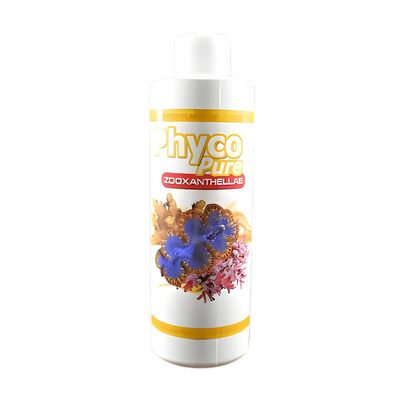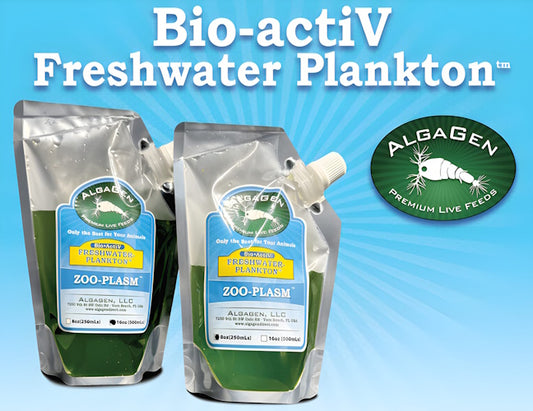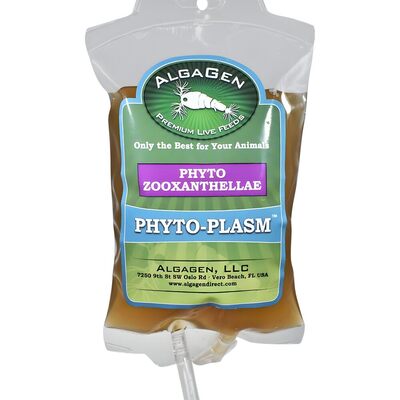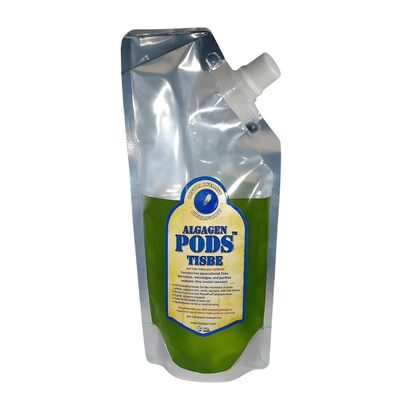Adding live phytoplankton is one of the best ways to boost coral growth, support filter feeders, and enhance the biodiversity of your aquarium. However, many aquarists worry about cloudy water after dosing. With a few simple strategies, you can enjoy all the benefits of phytoplankton without sacrificing water clarity.
Cloudy water is most often caused by overdosing or poor dosing technique. Start with small amounts and gradually increase as your tank adapts. Begin with half the recommended dose on your phytoplankton product, observe your system’s response, and slowly adjust over several weeks. This approach prevents overwhelming your aquarium’s natural filtration.
How you add phytoplankton matters as much as how much you add. For best results, use a pipette or turkey baster to target feed corals, clams, and filter feeders directly. This minimizes the amount of phytoplankton floating freely in the water column and maximizes its nutritional impact. Dosing during periods of low flow-such as after turning off wavemakers or reducing pump speed-gives your livestock more time to capture food before it disperses.
Timing is also key. Dose phytoplankton in the evening or when tank lights are dimmed, as many corals and filter feeders extend their polyps at night. Temporarily turn off your protein skimmer and UV sterilizer for 30–60 minutes after dosing to prevent immediate removal of the phytoplankton. Resume normal filtration after your tank inhabitants have had time to feed.
Choosing a high-quality phytoplankton product makes a big difference. Concentrated blends like PhycoPure™ Reef Blend allow you to dose less while still providing ample nutrition. Always refrigerate opened bottles and check expiration dates-degraded phytoplankton can cause cloudiness and poor results.
- Start with a small dose and increase gradually for best clarity.
- Target feed corals and filter feeders to reduce free-floating phytoplankton.
- Turn off skimmers and UV for 30–60 minutes after dosing.
- Use high-quality, concentrated phytoplankton blends for efficiency.
- Monitor your tank and adjust dosing as needed.
Monitoring and Adjusting for Success
After dosing, observe your tank for positive signs: extended coral polyps, active filter feeders, and stable water clarity. If you notice persistent cloudiness, reduce your next dose by 25–50% and check your filtration. Test nitrate and phosphate regularly, as phytoplankton can influence nutrient levels. Each tank is unique, so some fine-tuning may be needed to find the perfect dosing routine.
If you want to learn more about the benefits of phytoplankton and how it supports your aquarium’s ecosystem, visit Where to Buy Phytoplankton for more details.
Troubleshooting Persistent Cloudiness
- Use a finer mechanical filter media temporarily after dosing if needed.
- Ensure your protein skimmer is properly sized and functioning efficiently.
- Check that you’re not overfeeding other foods, which can compound cloudiness.
- Verify that your phytoplankton is fresh and not expired.
For more strategies on keeping your aquarium clear and balanced, see Top 5 Live Feeds for Thriving Reef Tank Ecosystems.
“A little phytoplankton goes a long way. With careful dosing and observation, you can fuel your reef’s growth and keep your water crystal clear.”
Conclusion
Adding phytoplankton doesn’t have to mean cloudy water. By starting small, targeting your dosing, and choosing quality products, you’ll keep your aquarium clear and your livestock thriving. Fine-tune your approach, and enjoy the full benefits of phytoplankton in a vibrant, healthy tank.







Recent post